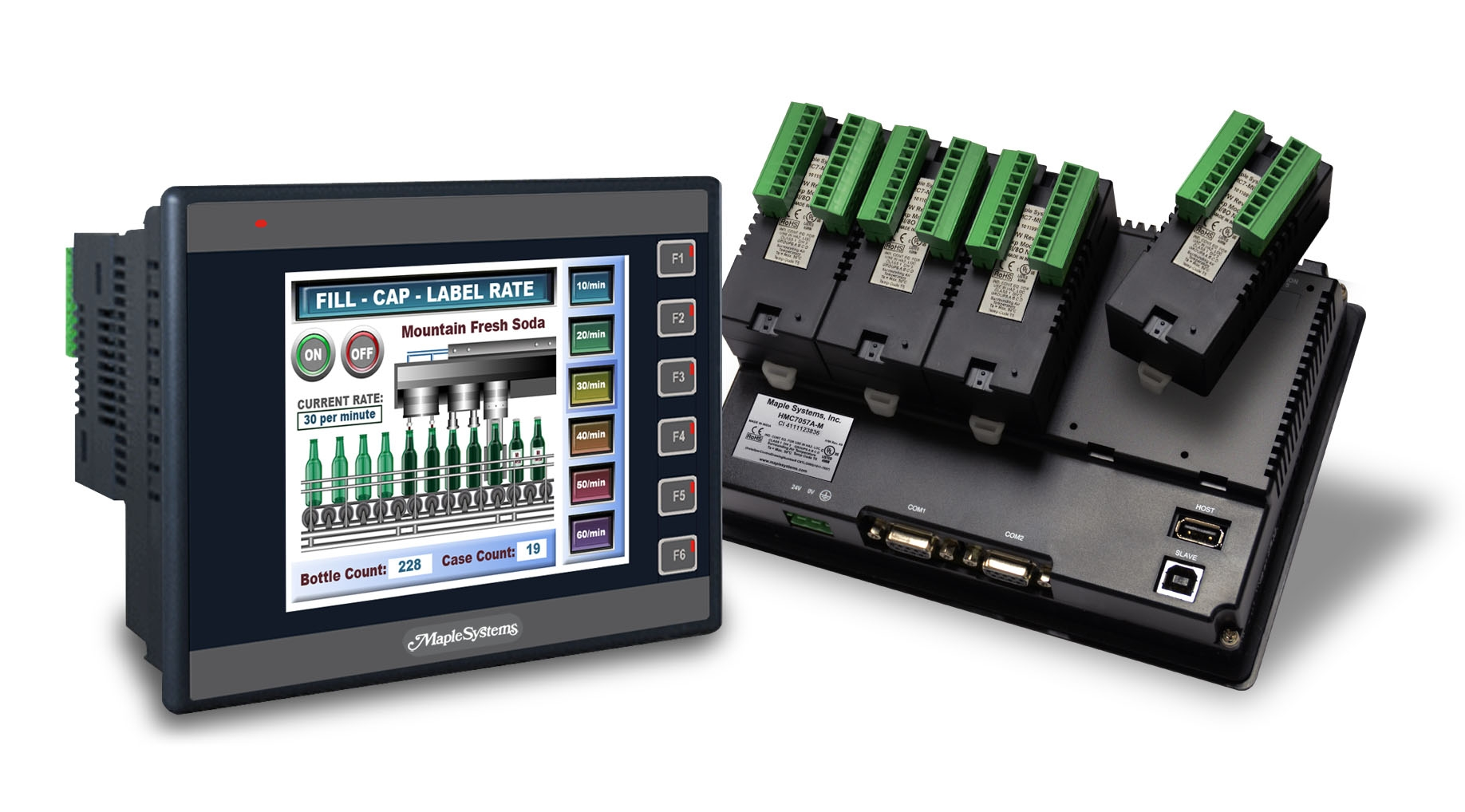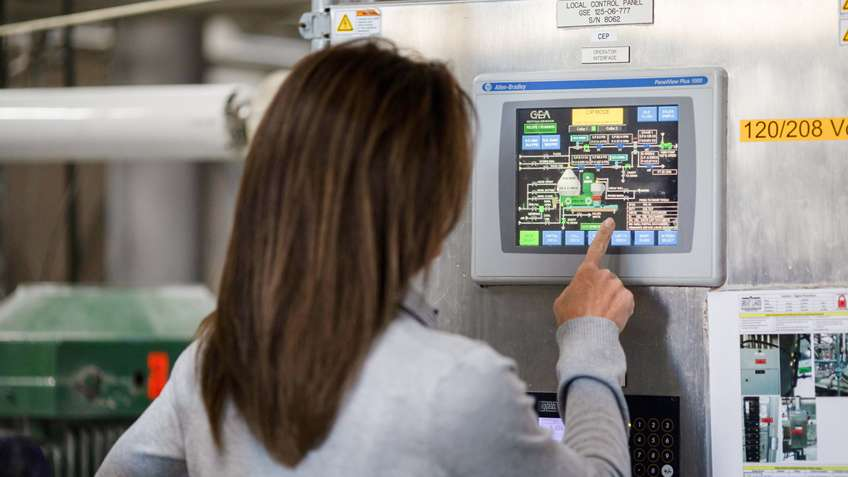
Human Machine Interfaces (HMIs) are graphical interfaces that allow operators to interact with and control industrial machines, control systems, and other types of automation equipment. An HMI typically consists of a display screen and input controls such as buttons, dials, and touchscreens.
The main purpose of an HMI is to provide a user-friendly interface between the operator and the machine or control system. This allows the operator to monitor the system status, control processes, and access information about the system such as alarms, performance data, and process history.
There are several types of HMIs available, including standalone HMIs, embedded HMIs, and PC-based HMIs. Standalone HMIs are integrated into the machine or control system, while embedded HMIs are integrated into programmable controllers or other types of automation equipment. PC-based HMIs run on a computer or server and can be used to monitor and control multiple machines or systems.
When selecting an HMI, it is important to consider factors such as screen size, resolution, compatibility with the control system, input controls, and cost. The HMI should also provide clear, concise, and easy-to-understand information and control options to ensure a smooth and efficient operation of the system.
In conclusion, an HMI is a crucial component in industrial control systems, providing an interface between the operator and the machine or control system. A well-designed HMI can improve operator efficiency, reduce downtime, and enhance the overall performance of the system.










